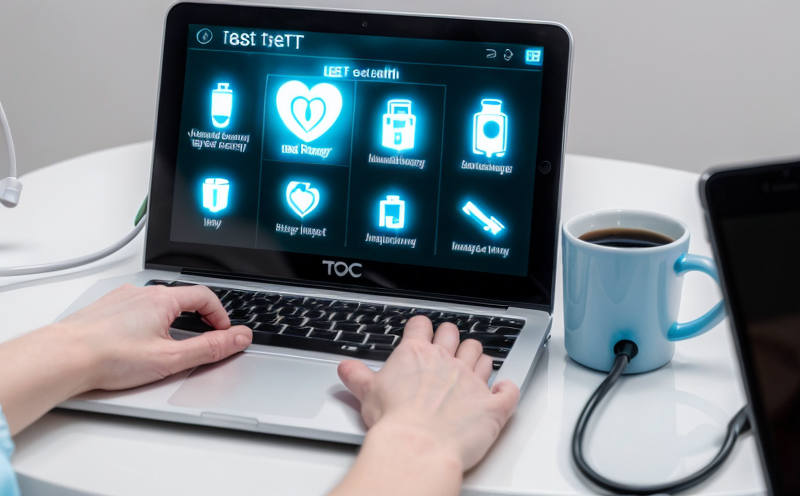IEC 60601-1-2 EMC Compliance for Connected Medical Devices
The International Electrotechnical Commission (IEC) standard IEC 60601-1-2 is a critical regulatory requirement for the design, testing, and certification of medical electrical equipment. This standard ensures that devices comply with electromagnetic compatibility (EMC) requirements to prevent interference from electromagnetic emissions and susceptibility issues in healthcare environments.
Connected medical devices, such as wearable health monitors, patient monitoring systems, infusion pumps, and portable diagnostic equipment, are increasingly integrated into modern healthcare settings. These devices must meet stringent EMC standards to ensure they do not disrupt other connected devices or expose patients to harmful electromagnetic interference (EMI). The IEC 60601-1-2 standard addresses both conducted and radiated emissions, as well as susceptibility tests, which help prevent these issues.
The testing process involves a series of steps that simulate real-world scenarios in healthcare settings. This includes placing the device under test (DUT) in an environment with controlled electromagnetic interference levels to assess its performance. The standard also requires the evaluation of the device's susceptibility to external EM fields, ensuring it can operate reliably without being affected by other sources.
Compliance testing typically involves the following phases:
- Initial inspection and documentation of the device's design specifications
- Conducted emissions test: Measurement of electromagnetic interference that is conducted along signal or power cables, ensuring it does not exceed specified limits
- Radiated emissions test: Assessment of radio frequency interference emitted by the device itself
- Susceptibility tests: Evaluation of the device's ability to function correctly in environments with controlled levels of electromagnetic fields
These tests are conducted using specialized equipment, such as an anechoic chamber for radiated emissions and a Faraday cage for conducting susceptibility tests. The results are documented meticulously, providing comprehensive evidence that the device meets the specified EMC requirements.
The importance of IEC 60601-1-2 compliance cannot be overstated, especially in healthcare settings where patient safety is paramount. Non-compliance can lead to malfunctions or failures of critical devices, potentially resulting in severe health consequences for patients and healthcare providers.
In summary, the IEC 60601-1-2 standard ensures that connected medical devices are safe, reliable, and effective in real-world environments. Compliance with this standard is essential for manufacturers to ensure their products meet regulatory requirements and can be trusted in critical healthcare applications.
Why Choose This Test
Ensures compliance with international standards, enhancing the credibility of your product on a global scale.
Reduces the risk of product recalls and legal issues by addressing potential EMC issues early in the development process.
Safeguards patient safety by ensuring medical devices operate reliably in complex healthcare environments.
The rigorous testing protocol used for IEC 60601-1-2 ensures that your connected medical devices meet the highest standards of quality and reliability. By choosing this test, you demonstrate a commitment to excellence and patient safety, which can significantly enhance your brand's reputation in the healthcare industry.
Customer Impact and Satisfaction
Enhanced trust from customers knowing their medical devices meet stringent international standards.
Improved product performance leading to better patient outcomes.
By ensuring your connected medical devices comply with IEC 60601-1-2, you not only meet regulatory requirements but also provide a safer and more reliable product for healthcare providers. This can lead to higher customer satisfaction and loyalty, as well as increased market competitiveness.
Competitive Advantage and Market Impact
The IEC 60601-1-2 standard provides you with a competitive edge in the medical device industry by demonstrating your commitment to quality and patient safety. This can help differentiate your product from competitors who may not meet these stringent standards.
Compliance with this standard also opens doors to international markets, as many countries require compliance for importation. Meeting global regulatory requirements early on can save time and resources in the long run, allowing you to focus on innovation and development.
In summary, IEC 60601-1-2 EMC Compliance is not just a requirement but an opportunity to set your connected medical devices apart in the market. By ensuring compliance, you enhance product performance, patient safety, and customer satisfaction, ultimately contributing to long-term success in the healthcare industry.





